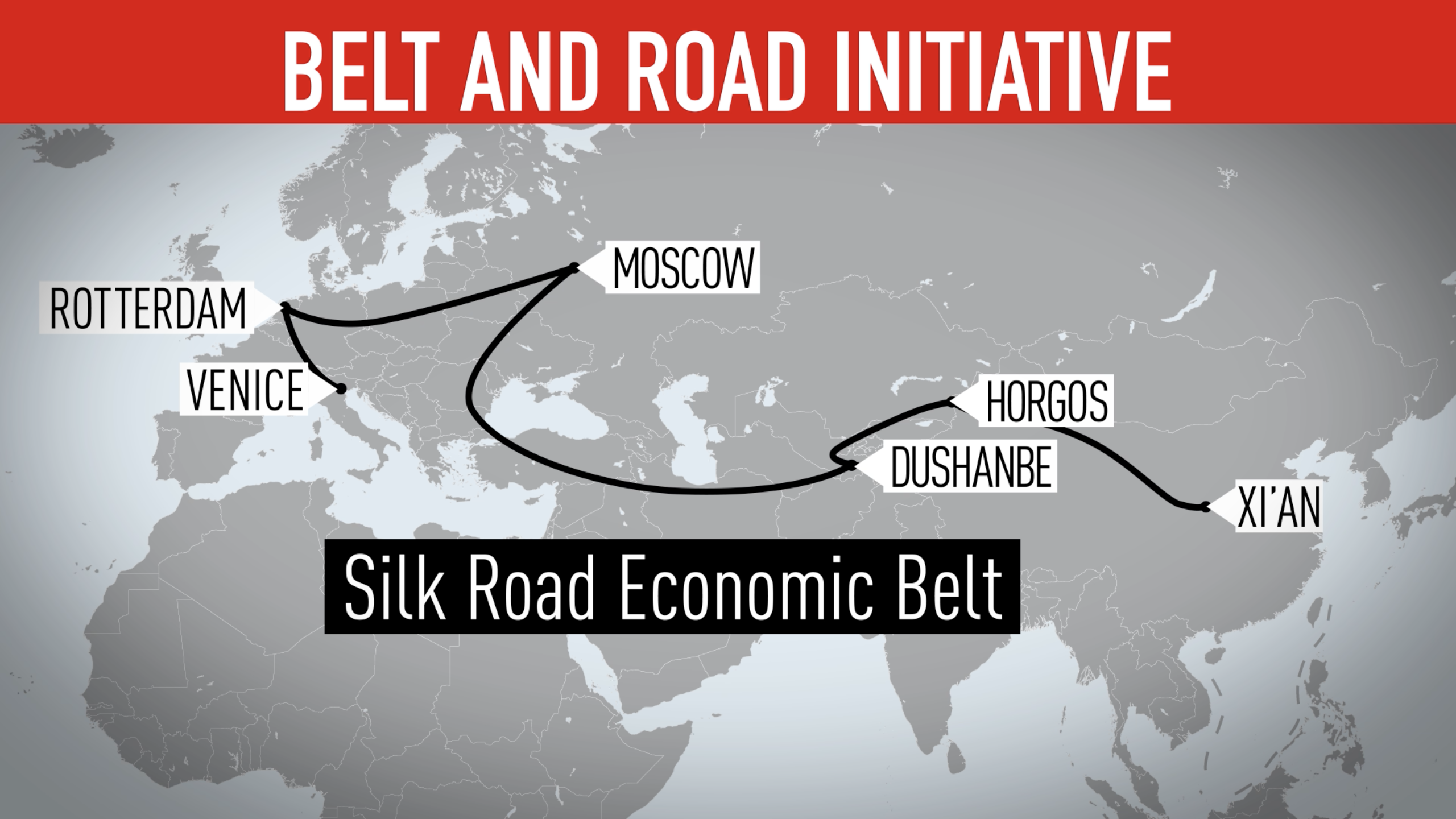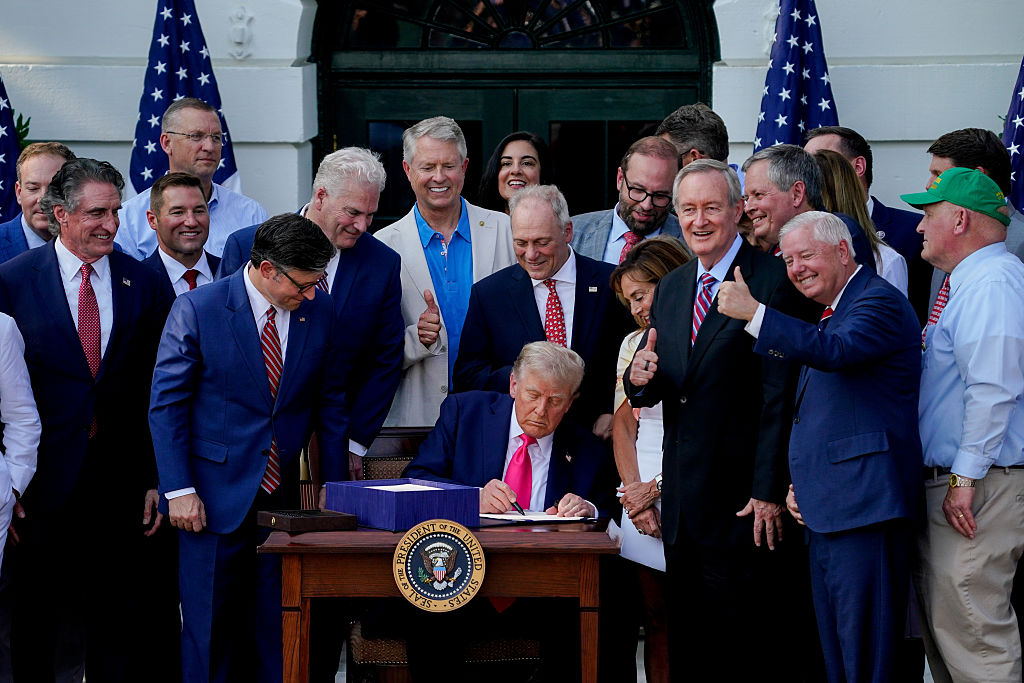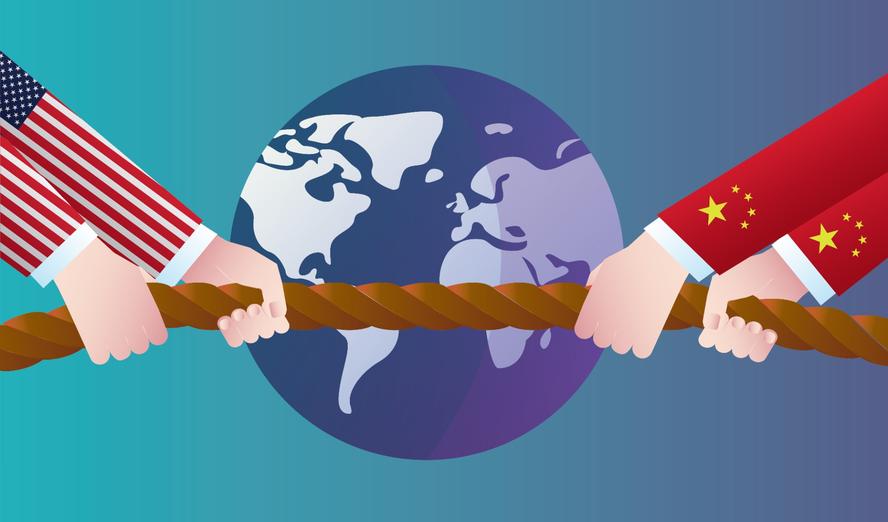BRI 101: How China Is Buying the Global South
China’s Belt and Road Initiative isn’t charity—it’s a geopolitical weapon disguised as development aid. By funding highways, railways, and ports in over 140 countries, Beijing is creating a parallel trade network that bypasses U.S.-controlled routes.
The strategy is simple: lend billions for infrastructure, then leverage debt to secure political loyalty and resources. Sri Lanka’s Hambantota Port is the ultimate warning—after failing to repay Chinese loans, Colombo handed over the port on a 99-year lease. Now, China has a naval foothold in India’s backyard. Similar deals dot the map, from Cambodia’s Ream Naval Base to Peru’s Chancay Port. For Washington, this isn’t just about lost contracts—it’s about losing control of global supply chains.
Middle East Takeover: Ports, Pipelines & Political Leverage
The Middle East, once a U.S. stronghold, is now a BRI battleground. China has locked down critical infrastructure, including:
- UAE’s Khalifa Port (COSCO-owned, a key node in China’s maritime silk road)
- Saudi Arabia’s NEOM megacity (built with Chinese tech and labor)
- Iran’s 25-year strategic pact (swapping oil for BRI investments)
Worse for the U.S., Gulf nations are ditching the dollar in energy trades, opting for yuan settlements. When China brokered a Saudi-Iran peace deal—something Washington failed to do for decades—it proved diplomacy now follows BRI money.
Africa’s Debt Trap or Development Miracle
Africa is BRI’s biggest testing ground. China has financed everything from Ethiopia’s Addis Ababa-Djibouti Railway to Nigeria’s Lagos-Calabar Coastal Highway. Supporters argue BRI delivers real progress; critics warn of debt colonialism.
Zambia owes $6 billion to China—nearly a third of its GDP—after BRI-funded megaprojects failed to generate returns. When it defaulted, Chinese firms took over national assets, including the Kenneth Kaunda International Airport. Yet many African leaders prefer Beijing’s "no-strings-attached" loans to the West’s austerity demands. The result? U.S. influence is fading while Chinese embassies draft local laws.
Why Washington Is Losing the Economic Cold War
The U.S. has no real answer to BRI. The Build Back Better World (B3W) initiative promised $40 billion for global infrastructure—but delivered almost nothing. The Millennium Challenge Corporation funds small projects, not mega-dams or transcontinental railways.
Meanwhile, China outspends America 10-to-1 on foreign infrastructure. The problem isn’t just money—it’s strategy. BRI offers dictators and democracies alike a simple deal: take our cash, ignore our politics. U.S. aid, by contrast, comes with human rights clauses and sanctions threats. In a world hungry for development, China’s checkbook diplomacy wins.
Can the U.S. Actually Compete
To counter BRI, Washington needs more than rhetoric—it needs a revolution in foreign investment. Some ideas:
- Marshall Plan 2.0: A trillion-dollar global infrastructure fund
- Debt-for-Climate Swaps: Forgive loans in exchange for green policies
- Military-Civil Fusion: Use Pentagon budgets to build ports and rails
But with Congress deadlocked and voters isolationist, BRI’s lead keeps growing. One thing’s clear: the era of U.S. economic supremacy is over. The question is whether America will adapt—or fade into irrelevance.




